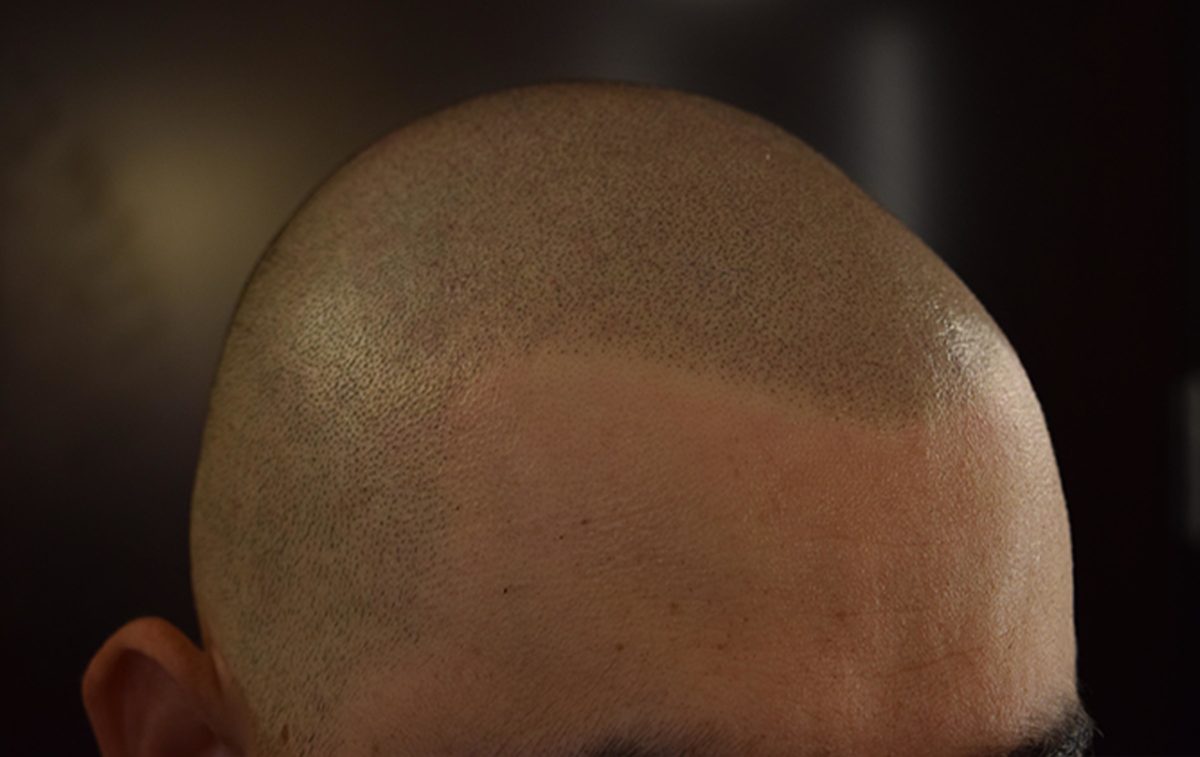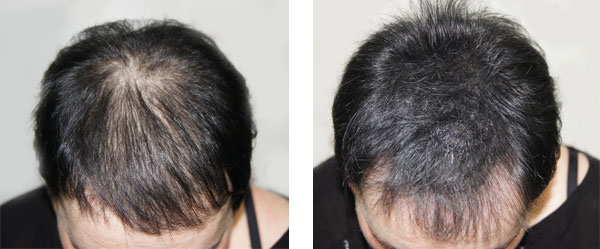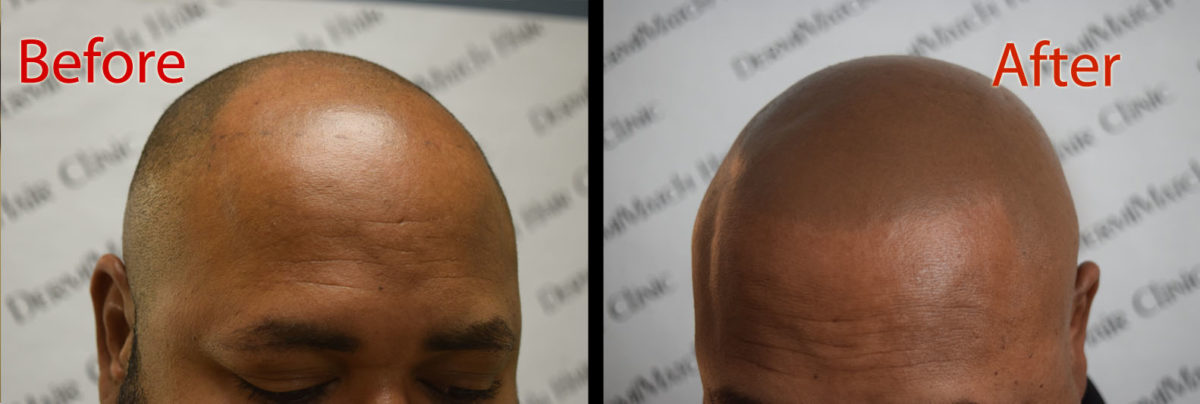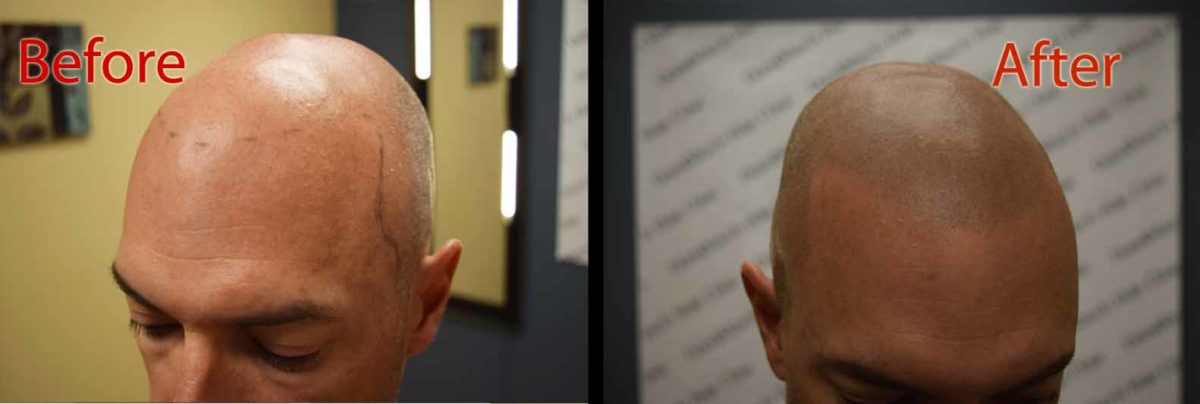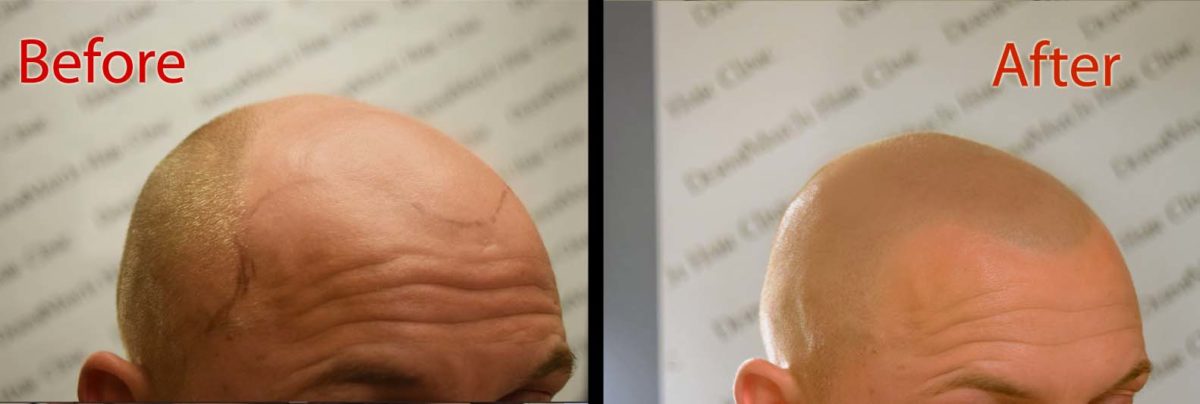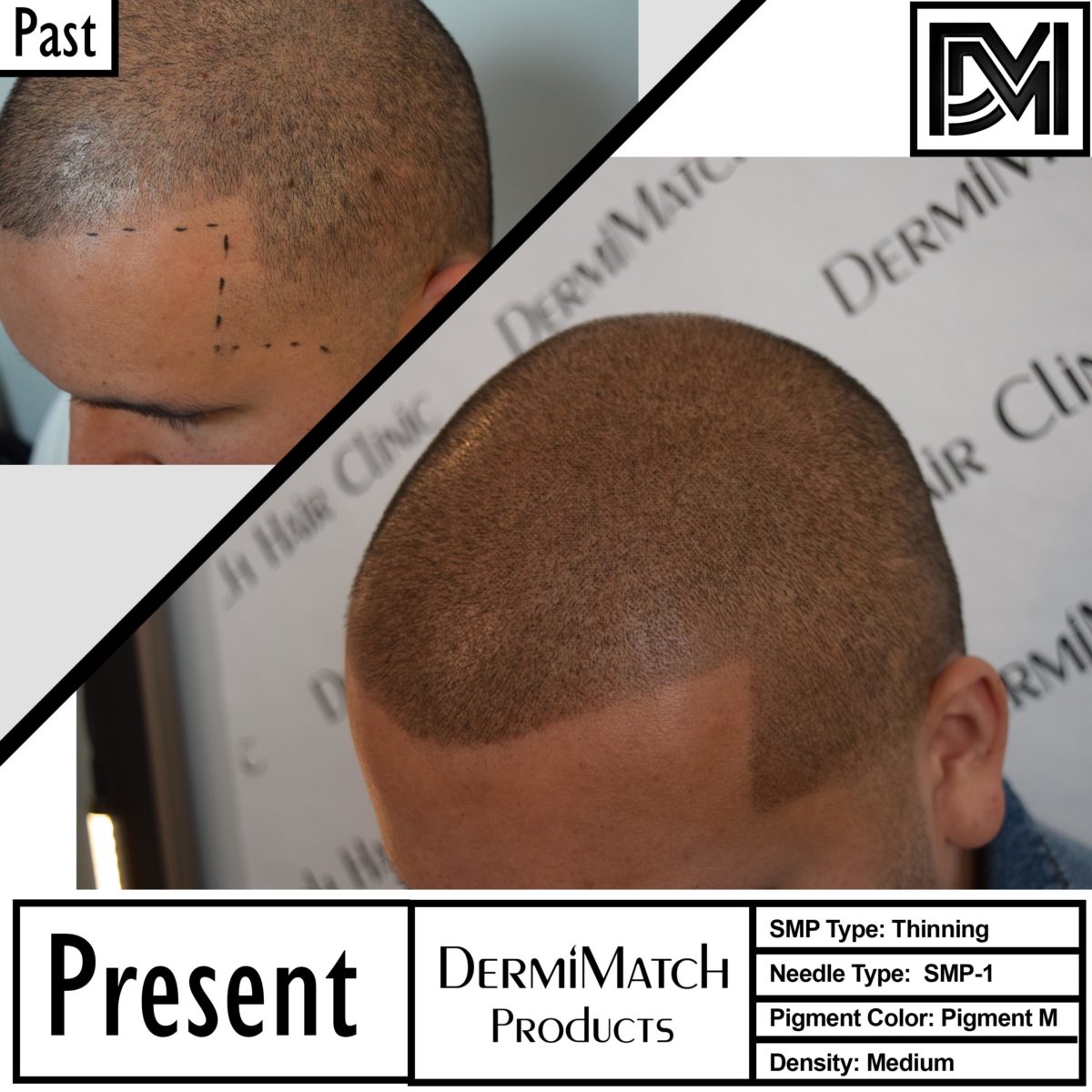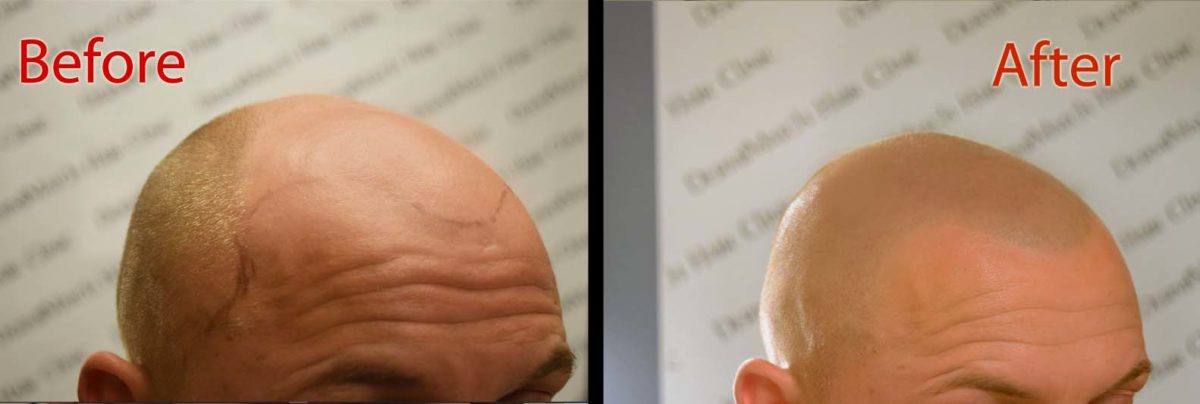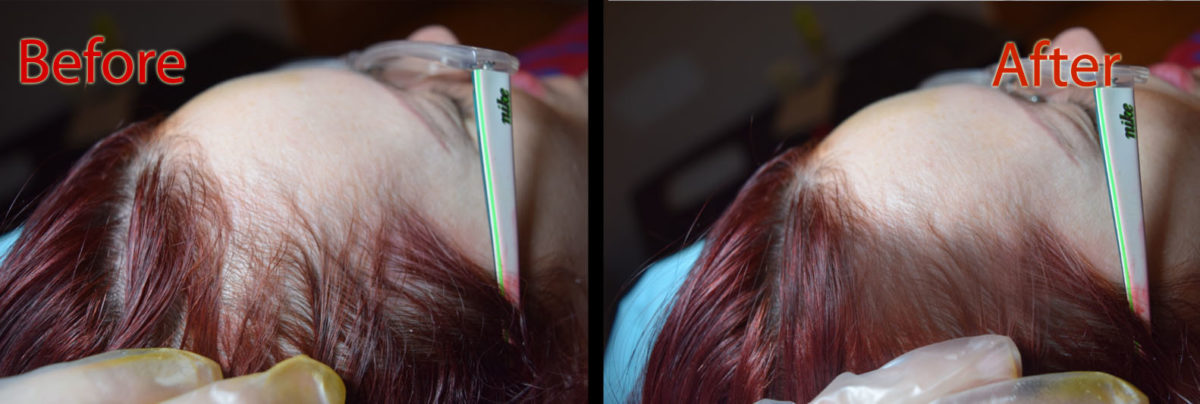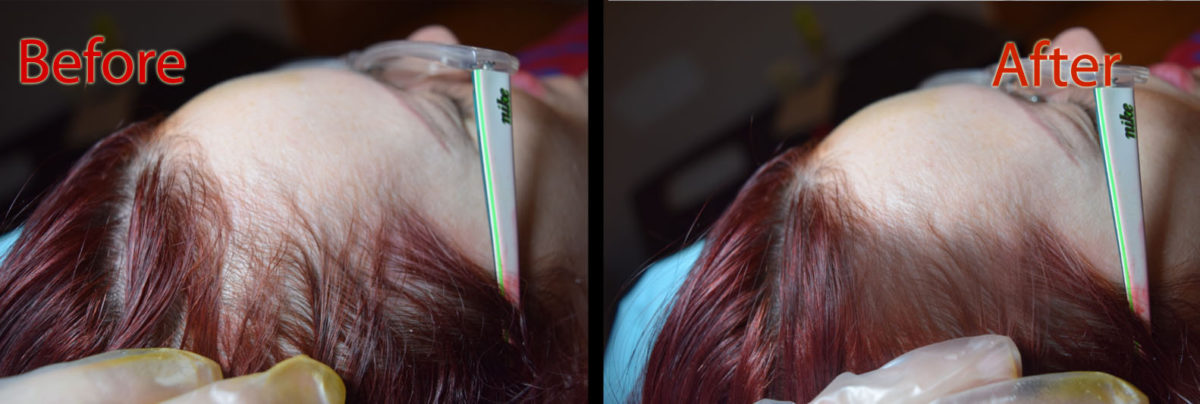Hair loss and baldness are common among men. Many women suffer from hair shedding due to a plethora of reasons. Signs of balding can appear in different ways, which may be chronic or acute. There are different causes of hair loss and pattern baldness among men and women.
Common Signs of Balding or Hair Loss
Baldness might be apparent in the form of gradual thinning on top of your scalp. This is the most common type of hair loss that affects people as they age, which is commonly known as pattern baldness. One of the most common signs of pattern baldness is receding hair at the hairline.
Another early sign of balding is circular or bald patches on the brows, scalp, and beard. Hair shedding may cause itchiness or pain. Overall thinning due to abrupt loss of hair is another type of baldness. An emotional or physical shock could be responsible for thinning of hair. Some people might experience hair shedding on the whole body due to a medical condition. In such cases, hair is more likely to regrow.
Hair Loss Causes
Androgenetic alopecia is the most common cause of hair loss. A hereditary condition, it is known as pattern baldness, which is caused by the increased levels of DHT or dihydrotestosterone. The condition leads to partial or complete baldness in men whereas women experience thinning hair along the sides and top. Some of the causes of baldness include:
Genetics – Your hereditary factors are to be blamed if you are suffering hair loss at a faster rate. That means the DNA of your hair filaments is prone to hair loss.
Hormones – Those susceptible to hair loss suffer from DHT hypersensitivity. As a result, follicles continue to shrink until there is no further growth of hair. This results in balding.
Age – Hair growth becomes slower as you age. When hair growth stops, balding starts.
Other balding factors – Your lifestyle choices matter a lot when it comes to hair growth and loss. If you smoke excessively or are addicted to drinking, you are more likely to experience hair shedding and baldness at a faster pace. A poor diet and lack of nutrition are other factors that affect the growth of hair. If you are taking certain medications or treatments that affect hair growth, you may suffer from extreme hair loss.
Female hair loss
Hair shedding for females can affect their self-esteem and emotional health. Women experience thinning hair, diminished volume, signs of balding at the expanding mid-line. Emotional stress, hormonal imbalance, medications, and certain medical conditions can contribute to women hair loss.
Balding Solutions
One of the most talked about hair restoration techniques, hair transplantation comes with a range of side effects. Besides, it has a long recovery period. On the other hand, scalp micropigmentation is a relatively safer procedure that is minimally invasive and has a quick recovery. Top scalp artists can recreate the look of a fuller head of hair by placing microdots that replicate the look of hair follicles.
SMP camouflages balding and alopecia symptoms. It also hides thinning hair and the signs of a receding hairline. The procedure also covers hair transplant scars, making it a permanent and more effective way to conceal hair loss. Connect with top Phoenix SMP artists at DermiMatch today.

